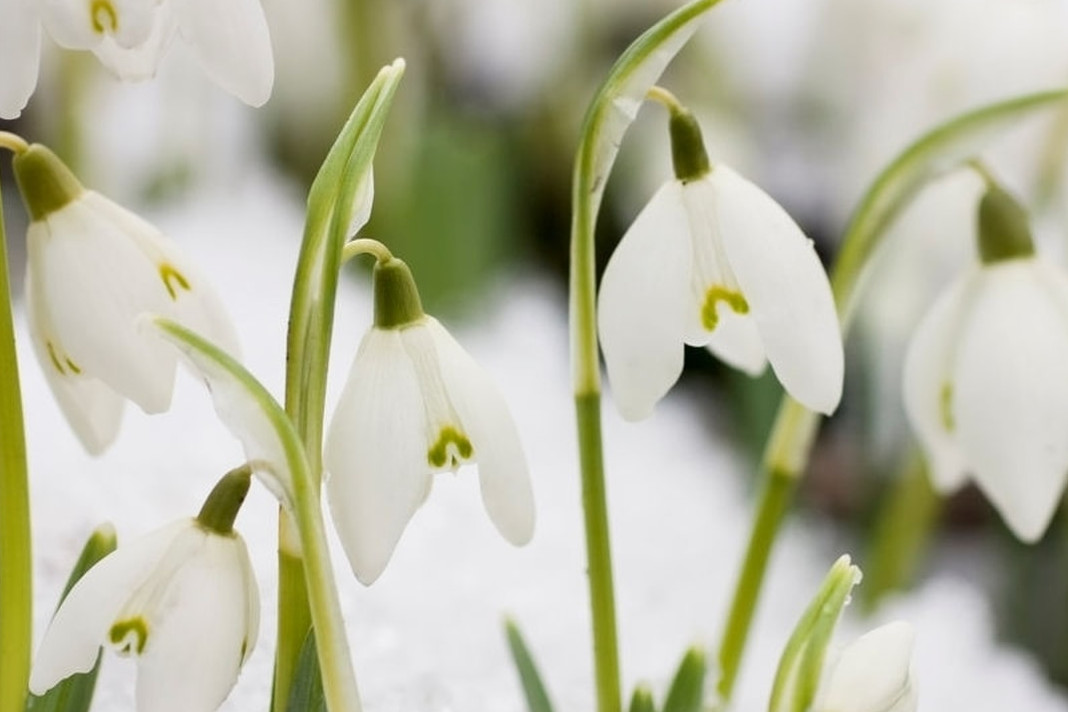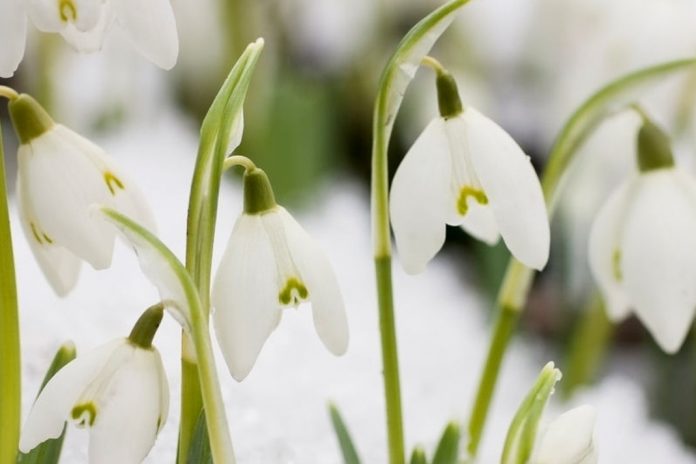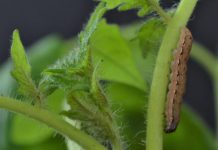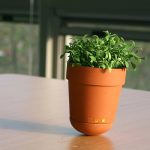We all know that plants do not grow much in winter, but you cannot simply leave your garden dead and dry without any colour and life. But, it is not that simple to grow plants in winter considering the low amount of sunlight and dropping temperatures which warrant extra care on the part of the caretaker such as positioning the flower pots to the spot where sunlight is significant, ensuring small plants do not get under-watered, and composting regularly.However, this is for the later course—what is a primary requirement is knowing the right plants to grow. Thus, we are here to help by enumerating six plants that are best to grow in winter.

1. Petunia
Petunia is perhaps everyone’s favourite when it comes to annual flowering plants. These grow quickly and blossom in the most wonderful colours—yellow, red, white, purple and pink. Growing Petunia is simple, and all you need to do is follow basic steps: sow the seeds when thetemperature is moderately cool; maintain extra care of the seeds since they are small and delicate; ensure a potting mix prior to sowing, and water it to enable drainage; sprinkle the seeds, push them down gently, but do not smear soil over them. The light sandy soil is regarded as best for Petunia!
2. Leeks
Leeks are superbly important in winters. These are amazing vegetables, possessing immense medicinal properties, and can effectively treat cold. Leeks are best eaten with chicken, potatoes, and black pepper. Leek is fragile and highly susceptible to moths, and therefore, if your neighbourhood is affected by the latter, you make sure you cover plants with mesh netting to protect them. It is recommended that you harvest leeks prior to the soil becoming freezing cold and solid.
3. Celosia
Popularly known as Cockscomb, Celosia plants start blossoming from summer and continue till early autumn. The flowers are usually pink or yellow in colour. The plant requires a lot of care, and it is really necessary you ensure that it has complete access to sunlight and that the soil is moist and regularly watered. Germination generally takes a week or two, and it is best that you grow these plants in big batches.
4. Tetona and Reddy
You might be unfamiliar with this name, but let me tell you that Tetona is basically Spinach, or rather one of the many varieties of Spinach. Tetona, for that matter, is an arrow-shaped one, whose leaves are characteristically thick and deep in colour, but despite the thickness, the variety remains tender throughout.
Another variety of Spinach which we recommend you to grow is Reddy. Reddy is essentially a spear-shaped variety and may remind you of dandelion. It is a strong, seasonally adaptable variety that brings to your home health and happiness.
5. Zinnia
Zinnia can be conveniently grown, and once fully grown, they brighten the garden with their vibrant colours. In order to grow them, sow the seeds well in advance around May when the weather is moderate. Smear the soil over the seeds, but do so to cover them only partially since they require sunlight to germinate, and ensure the humidity level of the soil by covering the container or pot with a plastic bag. It is a matter of a week that the seeds will start sprouting. Zinnia can grow anywhere, whether in sandy or loamy soil, and they love it when compost or leaves mold is added to the soil.
Oh, by the way, if you did not know already, Zinnia is the first flower to blossom in space. Talk about compatibility!
6. Cineraria
Cineraria cannot survive in hot climates, and that is why if you plan to grow them in the garden, make sure you do not put them under direct sunlight, and that they are planted in a slightly acidic, well-drained soil possessing high compost content. Since this variety cannot bear dry climate, it is necessary you water it regularly.









